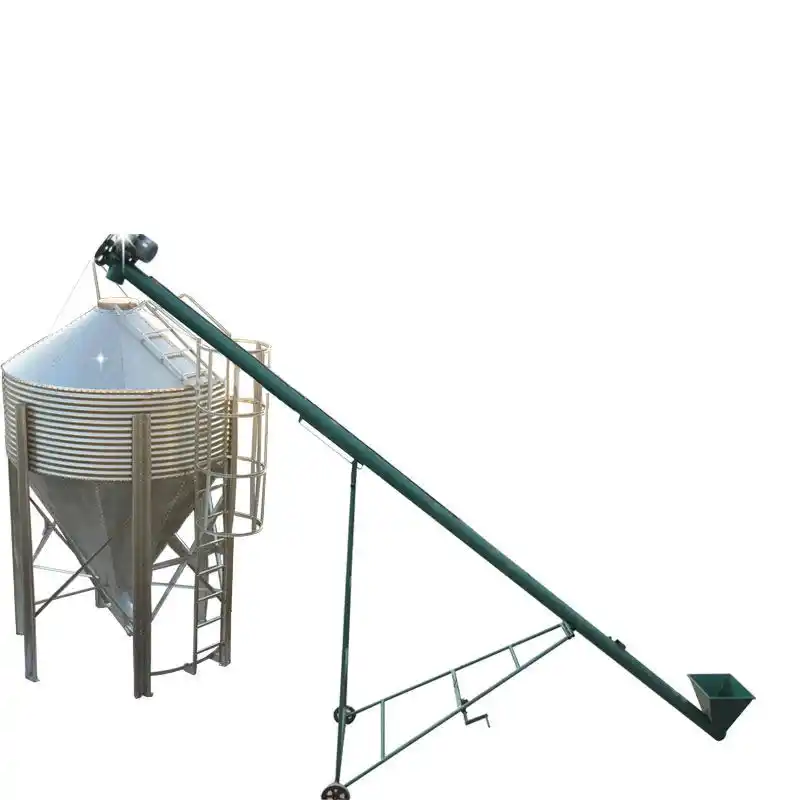Designing an Ideal Outdoor Space for Raising Happy and Healthy Pigs
Dec . 03, 2024 18:39 Back to list
Designing an Ideal Outdoor Space for Raising Happy and Healthy Pigs
Outdoor Pig Pen A Comprehensive Guide for Sustainable Farming
In recent years, there has been a growing interest in sustainable farming practices, and one of the pivotal components of this movement is the humane and ethical treatment of livestock. Among various farming animals, pigs are particularly highlighted due to their intelligence and complex social behaviors. An outdoor pig pen not only provides a spacious and enriching environment for pigs but also promotes their welfare and enhances the overall farming experience. This article delves into the essential aspects of setting up and maintaining an outdoor pig pen.
Design and Location
When it comes to designing an outdoor pig pen, the first consideration should be its location. Pigs thrive in environments that are well-drained, away from standing water, and shielded from harsh wind and direct sunlight. Ideally, the pen should be situated in an area with plenty of shade, whether from natural trees or man-made structures. A gently sloping terrain can help facilitate drainage and avoid water accumulation, which is important for preventing disease.
The size of the pen is also vital. According to animal welfare guidelines, each pig should have enough space to roam comfortably. A good rule of thumb is to provide at least 50 square feet per pig. For sows with piglets, a larger area is necessary to ensure that the mother and her young ones can move around freely without stress.
Structure and Materials
Building an outdoor pig pen requires sturdy materials that can resist the powerful rooting behavior of pigs. Fencing should be at least four to five feet high and made of robust wire or wooden panels. It is crucial to bury the fencing about a foot underground to prevent pigs from digging under it. Adding a second layer of fencing at the top can help deter predators.
Moreover, shelters within the pen are essential for protecting pigs from inclement weather. A simple, wooden structure can serve as a refuge, ensuring adequate ventilation while providing a cozy corner for pigs to rest. Make sure to place bedding like straw or wood shavings inside the shelter to keep them warm and comfortable.
outdoor pig pen

Enrichment and Comfort
Pigs are social animals, meaning they thrive in groups. An outdoor pen should ideally house multiple pigs to foster interaction and engagement. However, it’s equally important to give pigs access to enrichment activities. Items like tires, logs, and shallow pools of water can be introduced to encourage natural behaviors like rooting, playing, and foraging.
Access to clean, fresh water is crucial for pigs’ health, especially in hot weather. Installing a water trough or a self-filling water system can ensure they remain hydrated. Additionally, consider rotating the pigs to different areas of the pen or utilizing a larger pasture system to prevent overgrazing and soil degradation. This practice not only benefits the pigs by allowing them fresh ground to explore but also helps to maintain soil health.
Health and Nutrition
Regular health checks are vital for maintaining the well-being of pigs in outdoor settings. Observe their behavior and weight regularly, and take note of any signs of distress or illness. Vaccination, deworming, and routine veterinary care should be part of your management plan.
Nutritionally, outdoor pigs require a balanced diet that consists of grains, protein sources, and access to fresh greens. Scraps and leftover vegetables can supplement their diet, but care should be taken to avoid certain foods that can be harmful to pigs, such as chocolate and certain seeds. Foraging is an excellent way for pigs to source their food naturally, and it promotes their mental stimulation and physical health.
Conclusion
Setting up an outdoor pig pen is a rewarding endeavor that benefits both the farmer and the pigs. By creating a spacious, enriching environment, farmers can ensure the health and happiness of their livestock while also adhering to sustainable farming practices. With proper attention to design, materials, enrichment, and nutrition, an outdoor pig pen can become a thriving habitat for pigs, reaping the benefits of welfare-oriented farming. Embracing this approach not only enhances animal welfare but also cultivates a more sustainable future for agriculture.
-
Automatic Feeding Line System-Pan Feeder Nipple Drinker|Anping County Yize Metal Products Co., Ltd.
NewsJul.29,2025
-
Hot Sale 24 & 18 Door Rabbit Cages - Premium Breeding Solutions
NewsJul.25,2025
-
Automatic Feeding Line System Pan Feeder Nipple Drinker - Anping County Yize Metal Products Co., Ltd.
NewsJul.21,2025
-
Automatic Feeding Line System Pan Feeder Nipple Drinker - Anping County Yize Metal Products Co., Ltd.
NewsJul.21,2025
-
Automatic Feeding Line System - Anping Yize | Precision & Nipple
NewsJul.21,2025
-
Automatic Feeding Line System - Anping Yize | Precision & Nipple
NewsJul.21,2025






